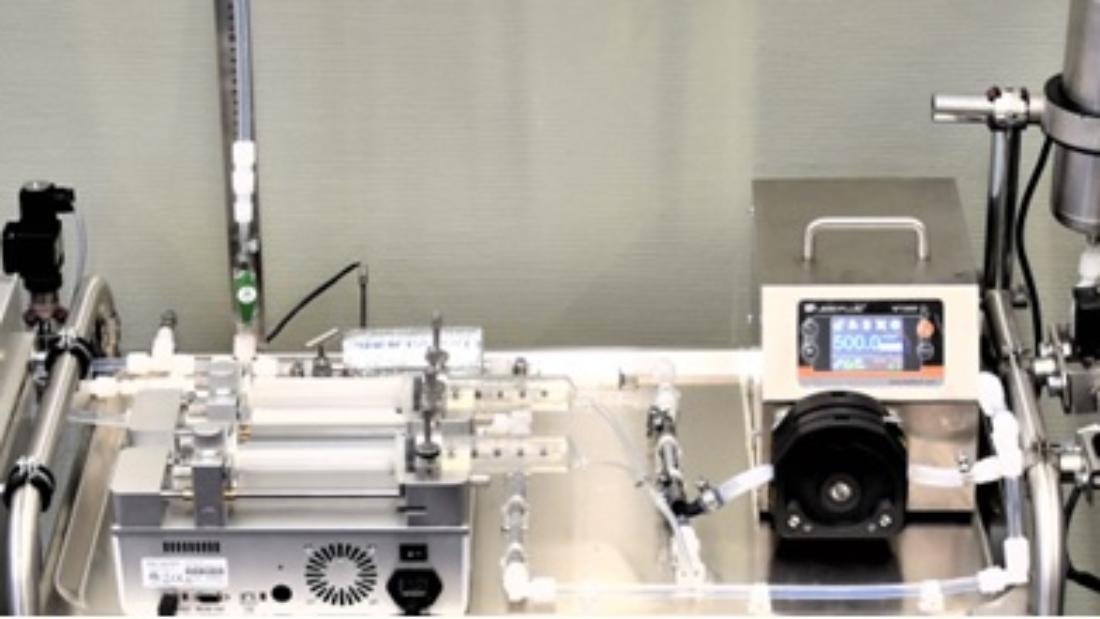A vascular flow simulator for optical continuous blood glucose monitoring
Diabetes Mellitus –the inability to regulate blood glucose (BG) levels– is one of fastest growing diseases in the world. In the last two decades the number of people with diabetes has increased by 255% to about 537 million (in 2021), and in expected to increase to 643 million by 2030 according to International Diabetes Federation (IDF). Diabetes is associated with significant health-related, social, and economic consequences. Cardiovascular disease, kidney failure3, retinopathy, and neuropathy are among the high-risk long-term consequences of diabetes. In addition, short-term complications such as hypoglycemia (low blood sugar <70 mg/dl) on the one hand, and hyperglycemia (high blood sugar >180 mg/dl postprandial) can significantly diminish the quality of life. Furthermore, direct and indirect costs to treat diabetes amounts to some significant values.
In our group, at the University Hospital Bern, we are working on an optical sensor to continuously measure blood glucose levels in real-time. To do so we built a table-top setup employing polarimetric methods which can measure the concentration of glucose molecules in a solution. To further test our setup in a real-world scenario we wanted to build a flow simulator with which we can study the effect of the flow, temperature, and the pulsation of the solution under study.
With the generous support of the Berne University Research Foundation, we could build the setup (Fig. 1) as part of a Bachelor thesis in collaboration with Prof. Dr. Lukas Moser at Bern University of Applied Sciences. Using the provided fund, we purchased peristaltic and syringe pumps, optical and optomechanical components, heating elements, etc. With the resulting setup, we are able to control the flow and pulsation of the solution, regulate its temperature, and the concentration of glucose and other analytes and metabolites of interest. The setup is built to be compatible with using real blood as the final stage of our sensor testing.
In conclusion, this setup will play an important role in testing our sensor in the most realistic scenario before going in-vivo.
Dr. Ehsan Hassanpour Yesaghi
Department of Diabetes, Endocrinology, Nutritional Medicine and Metabolism (UDEM), Inselspital

